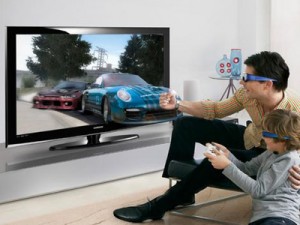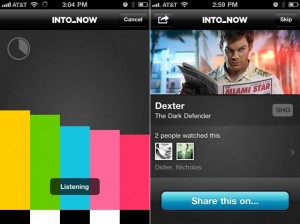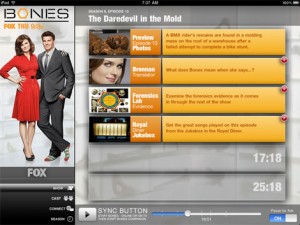It should come as no surprise to our audience that industry opinions regarding 3D entertainment are mixed. Despite technological advancements we’ve seen in recent years to gaming, theatrical film exhibition, television sets, production processes and a variety of consumer products — a number of significant questions continue to spark debate: Glasses or glasses-free? Active or passive? Standard feature or gimmick? Strong or slow consumer adoption? However, a number of recent studies agree on one thing — the near future of 3D will see some tremendous growth.
 In a report released this week, digital entertainment market researcher In-Stat predicts global 3D TV shipments will be up nearly 500 percent this year, compared with 2010. The report also suggests that all televisions with screen sizes 40 inches and above will soon be 3D-enabled. The In-Stat forecast is joined by another report from NPD Group subsidiary DisplaySearch that suggests 3D TVs will account for approximately one-third of all 120 Hz LCD sets in 2011. DisplaySearch also explained that 3D TV penetration will expand as the 3D feature is added to more basic models in upcoming years. Researcher IHS iSuppli adds that 2012 will be another year of triple-digit growth for 3D TV shipments.
In a report released this week, digital entertainment market researcher In-Stat predicts global 3D TV shipments will be up nearly 500 percent this year, compared with 2010. The report also suggests that all televisions with screen sizes 40 inches and above will soon be 3D-enabled. The In-Stat forecast is joined by another report from NPD Group subsidiary DisplaySearch that suggests 3D TVs will account for approximately one-third of all 120 Hz LCD sets in 2011. DisplaySearch also explained that 3D TV penetration will expand as the 3D feature is added to more basic models in upcoming years. Researcher IHS iSuppli adds that 2012 will be another year of triple-digit growth for 3D TV shipments.
“In a major recalibration effort, television brands are changing strategies this year following lukewarm response to 3D in 2010 when consumers balked at the high price of sets and the lack of 3D content,” explained Riddhi Patel, director for television systems and retail services at IHS. “In 2011, however, brands are marketing 3D not as a must-have technology but as a desirable feature, similar to the approach they have taken with Internet connectivity.”
This week’s In-Stat report offers the following numbers:
- Households with 3D TV sets will eclipse 300 million in 2015.
- In 2011 Europe will boast the most 3D TV unit shipments at just over 7 million.
- By 2015 Asia/Pacific will have the largest share of 3D TV unit shipments at 32 percent.
Additionally, an industry survey recently conducted by crew booking and payroll company Media Services indicates that 3D is becoming a “predominant mode of production” — as nearly half of respondents indicated their businesses will emphasize 3D film and television production in the next five years.
The question regarding consumer adoption may soon be impacted by increased production numbers and lower prices from manufacturers (and if the shipment predictions above prove accurate, it may not matter). As CNET reports, “NPD found that 45 percent of people who won’t buy a 3D TV cite price as the barrier and 42 percent say its the special 3D glasses. But as In-Stat’s study has found, consumers may not have much of a choice. Vendors are continuing to add 3D capability, especially to bigger-screen sets. And if folks want bigger screens, they will soon get 3D capability whether they seek it or not.”
Related Below the Line post: “Study Reveals Shift to 3D Over the Next Five Years” (5/17/11)
Related Advanced Television article: “3D TV shipments up 500% in 2011” (5/6/11)
Related TV Technology post: “RealD, Samsung Partner in 3DTV Display Project” (5/17/11)
Related Engadget post (and videos): “Intel will mass produce 3D transistors for all future CPUs, starting with 22nm Ivy Bridge” (5/4/11)
Related PCMag.com article: “3D Transistors, EUV, and the Future of Chipmaking: Why it Matters” (5/6/11)














